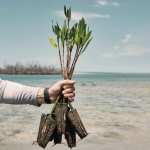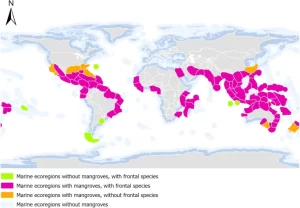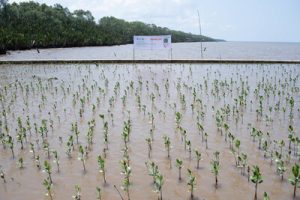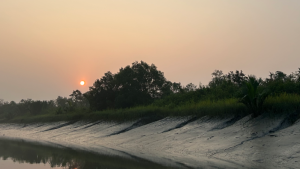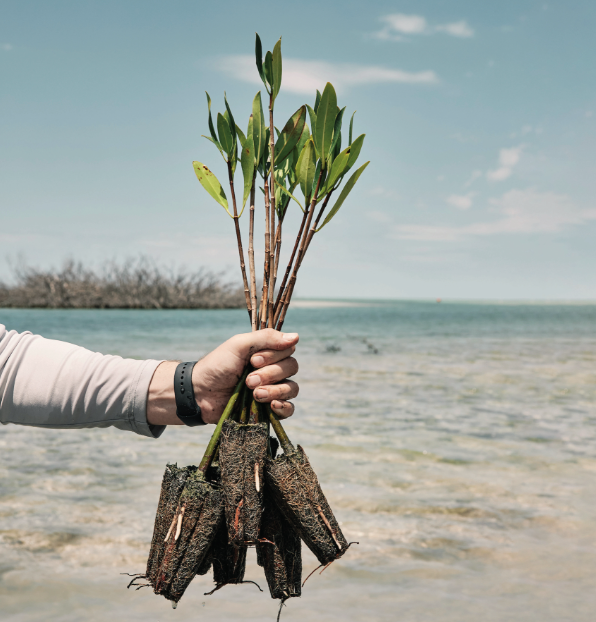Qatar’s Commitment to Environmental Sustainability
Qatar’s commitment to environmental sustainability is evident in its extensive network of nature reserves, which currently cover approximately 25.73% of the country’s land area, with plans to reach 30% by 2030.
Legislative Framework and Vision
This initiative is aligned with Qatar National Vision 2030 and supported by laws such as Amiri Decree Law No. 19 of 2004, which focuses on wildlife protection.
Biodiversity Conservation in Terrestrial and Marine Reserves
The reserves, encompassing both terrestrial and marine environments, are vital for preserving biodiversity, protecting endangered species, and maintaining natural habitats. Notable terrestrial reserves include Al Shahaniya (Arabian Oryx), Al Mashabiya (Al-Reem Gazelle, Arabian Oryx), and Al Reem (one of the largest, recognized by UNESCO). Key marine reserves include Al Thakhira (mangroves, coral reefs), Khor Al Udeid (Inland Sea), and the newly approved Umm Al Sheif, a significant pearl diving site rich in marine biodiversity.
Active Management and Conservation Efforts
The Ministry of Environment and Climate Change actively manages these reserves, implementing breeding programs for endangered species like the Arabian Oryx, Al-Reem Gazelle, and marine turtles, alongside mangrove propagation and monitoring of species such as whale sharks and dugongs. A national biodiversity strategy, developed since 2004 and strengthened through participation in COP16, guides these efforts.
Ecotourism and Environmental Education
Qatar also promotes ecotourism by developing sustainable infrastructure within the reserves and offering educational programs to raise environmental awareness.
Challenges and Mitigation Strategies
Challenges include rapid urban expansion, overfishing, and the impact of climate change on coral reefs. To address these, Qatar has implemented its National Climate Change Plan, focusing on reducing carbon emissions, promoting renewable energy, and expanding green spaces.
Balancing Economic Growth and Environmental Sustainability
The overarching goal is to balance economic growth with environmental sustainability, preserving both Qatar’s natural ecosystems and cultural heritage for future generations.
